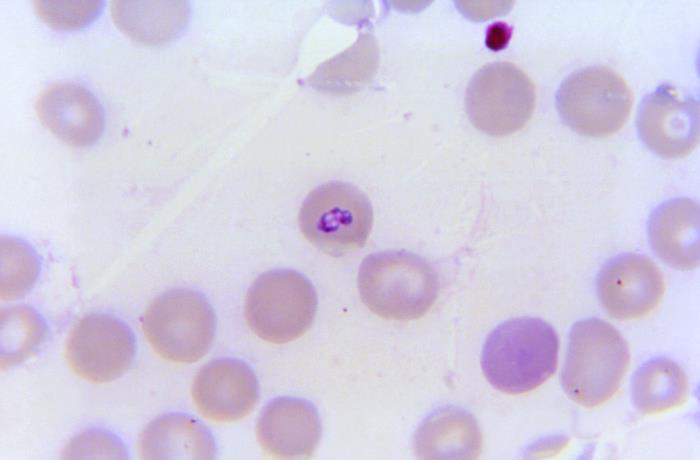Babesiosis parasites are transmitted in Indiana by the blacklegged tick (Ixodes scapularis). Most humans are infected through the bites of immature ticks called nymphs, which are extremely small (less than 2 mm) and difficult to see. In Indiana, nymphs are most active during spring and summer.
In the United States, spending time outdoors in certain areas can expose you to babesiosis. These areas include:
- New England (Connecticut, Maine, Massachusetts, New Hampshire, Rhode Island, and Vermont)
- New York
- New Jersey
- Wisconsin
- Minnesota
In the Northeast, the infected ticks are in inland and coastal areas, and on islands like Nantucket and Martha's Vineyard in Massachusetts, Block Island in Rhode Island, and Shelter Island, Fire Island, and eastern Long Island in New York state.
In rare cases, the parasite may be transmitted by blood transfusion or from an infected mother to her baby.

